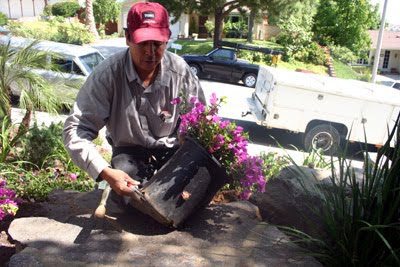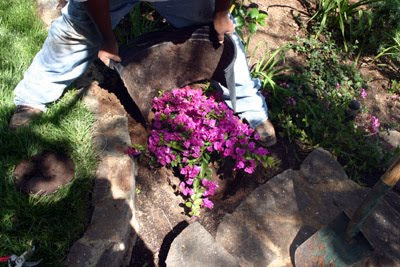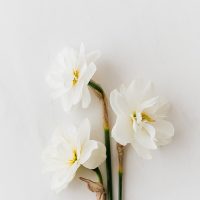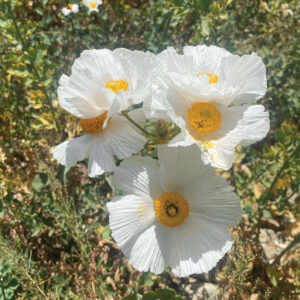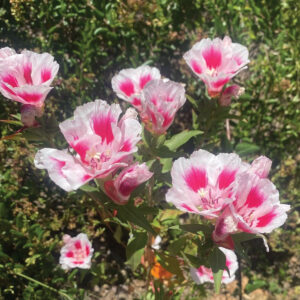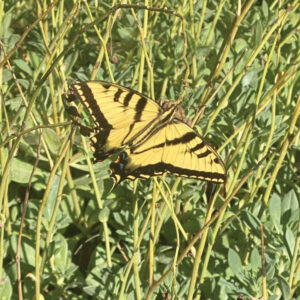Bougainvillea is a beautiful colorful tropical looking shrub or vine that can add a powerful punch to your garden. They can be drought tolerant and provide a seemingly endless amount of color to your summer garden. The bougainvillea has one little quirk that you might not know about which could turn planting your Bougainvillea into a disaster.
The quirk that I am referring to is the fact that the bougainvillea is very fussy about their roots. If you damage the roots, or even mess with them too much, you can weaken the plant and end up with a dead bougainvillea. Following these few simple steps will ensure that you keep your bougainvillea (and it’s delicate roots) happy.
Select your bougainvillea – Bougainvilleas come in many colors and types, cascading varieties, bush varieties, vining varieties. They can be used as a large shrub, as a bank cover on a slope, or as a clamoring vine. Do a little research to find the variety that is best for you and you will be much happier with your design. If you want a bank cover and you plant a large shrub variety you will be unhappy with the results.
Select your location; your bougainvillea needs at least five (5) hours of sunlight to bloom properly. It also needs good drainage and room to grow. If you make sure that your site has all of these conditions and you will be pleased with the effect that your bougainvillea will have on your landscape.
Dig the hole where you want to plant your bougainvillea. Make sure that you do not dig down further than the height of your nursery can. You want to make sure to cover all of the roots but none of the “trunk” of the bougainvillea.
Planting your Bougainvillea – The first step to planting your new colorful addition it to cut the bottom off of the nursery can. Using a sharp knife or garden shears cut away the entire bottom of the pot, making sure to remove the entire bottom
Next make a cut from top to bottom on one side of the nursery container. Do your best to cut in a straight line, cutting away from you to prevent any accidents.
Take the entire container and place it into the hole that you have dug and simply, carefully remove the container by pulling it up and away from the root ball. You have basically placed the bougainvillea into the hole without messing with the roots at all!
Back fill the hole, being sure that you are adding a nice planter mix with compost and well draining soil. The bougainvillea cannot survive long in soil that retains water. It needs to be well draining soil to prevent root suffocation (root rot).
Be sure to add a slow release fertilizer at this point. Bougainvilleas are heavy feeders and this will ensure that they get good nutrition to start them off, in the event you forget to follow a regular fertilizing schedule. It is best to feed Bougainvilleas monthly. Remember it is pointless to fertilize when the soil is too cool, so contain your fertilizing schedule to the warm months of the year – why waste money on something your plant cannot use?
Here are a few other little tips about Bougainvillea –
Frost can create winter dieback, which may or may not actually kill your Bougainvillea. So if you are planting Bougainvillea in an area prone to frost, plant it in a protected location or cover it with frost cloth prior to weather below 30 or so. If you Bougainvillea is a well establish plant, it will most likely come back regardless of protection.
Bougainvillea blooms occur only on new growth so pruning is essential to promote flowering. Bougainvillea may be pruned at any time of the year and the blooming is not dependent on when it is pruned. Bougainvillea has a bloom cycle followed by a rest period, and pruning will not effect that cycle. If you need to contain growth on a Bougainvillea, the best way to do that is with a hard prune. A soft prune is only recommended for Bougainvillea if you want to maintain a specific form. If you pinch out the tip, most cultivars will send out new stems about 2 to 3 leaf buds below your cut.


